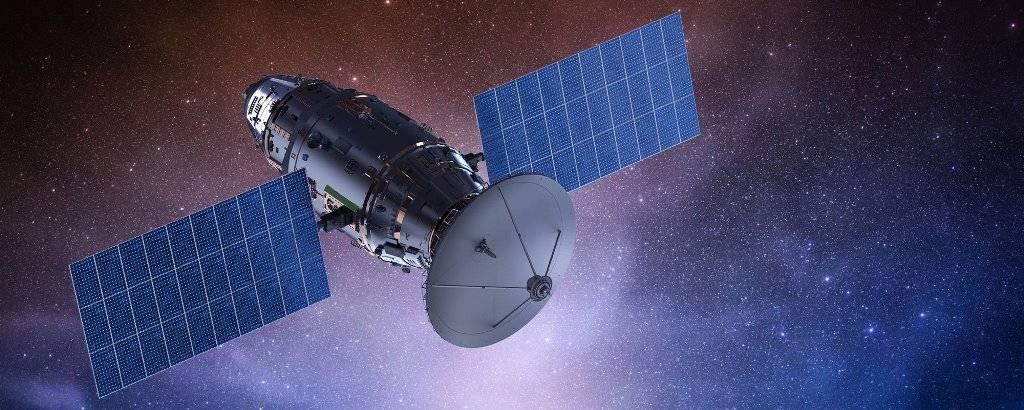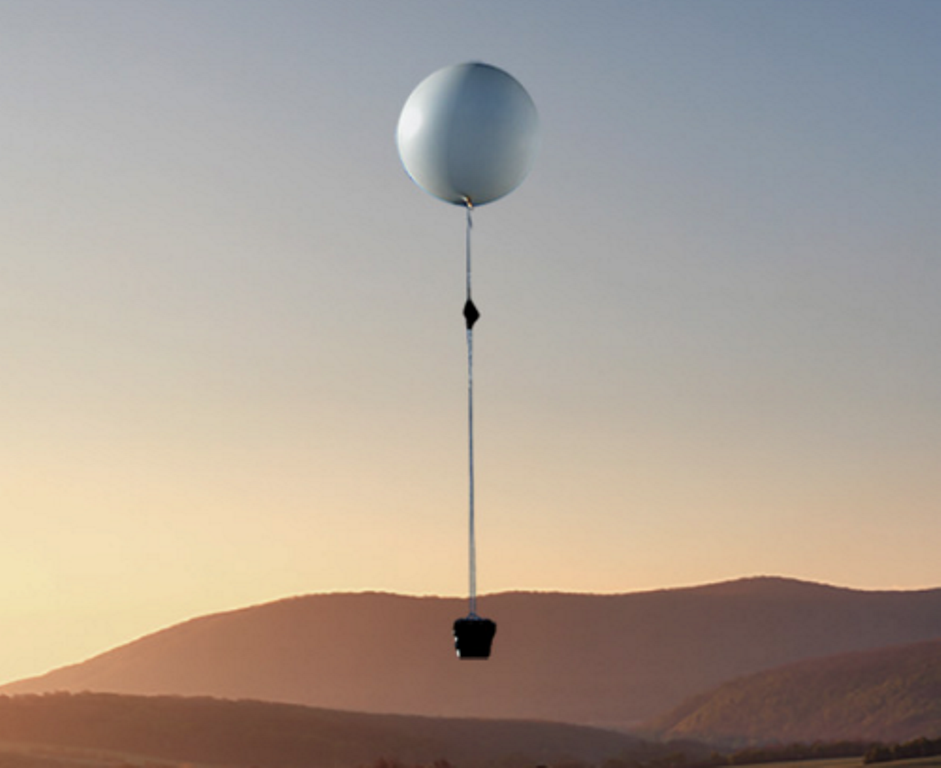
Weather forecasting is important as it tells farmers about upcoming weather conditions like rainfall, thunderstorms etc. For weather forecasting, scientists use various weather instruments. Weather instruments are devices used by atmospheric scientists to sample the state of the atmosphere, or what it's doing, at a given time. Unlike chemists, biologists, and physicists, meteorologists don't use these instruments in a lab. They are used in the field, placed outdoors as a suite of sensors which, together, give a complete picture of weather conditions.
Anemometers – devices used to measure the winds. While the basic concept was developed by Italian artist Leon Battista Alberti around 1450, the cup-anemometer wasn't perfected until the 1900s. Today, two kinds of anemometers are most often used:
-
The three-cup anemometer determines wind speed based on how fast the cup wheel spins and wind direction from the cyclical changes in cup wheel speed.
-
Vane anemometers have propellers on one end to measure wind speed and tails on the other for determining wind direction.
Barometer - is a weather instrument used to measure air pressure. Of the two main types of barometers, mercury and aneroid, aneroid are more widely used. Digital barometers, which use electrical transponders, are used in most official weather stations. Italian physicist Evangelista Torricelli is credited with inventing the barometer in 1643.

Thermometers - one of the most widely recognized weather instruments, are tools used to measure ambient air temperature. The SI (international) unit of temperature is degrees Celsius, but in the U.S. we record temperatures in degrees Fahrenheit.
Hygrometer - First invented in 1755 by Swiss "renaissance man" Johann Heinrich Lambert, the hygrometer is a tool that measures humidity, or moisture content in the air. Hygrometers come in all types:
Hair tension hygrometers relate the change in length of a human or animal hair (which has an affinity to absorbing water) to a change in humidity.
Sling psychrometers use a set of two thermometers (one dry and one moistened with water) are spun in the air.
Of course, as is true of most modern weather instruments used today, the digital hygrometer is preferred. Its electronic sensors change in proportion to the level of moisture in the air.
Rain Gauge - measures: liquid precipitation. While a number of rain gauge models exist, the most widely used include standard rain gauges and tipping-bucket rain gauges (so-called because it sits on a seesaw-like container that tips over and empties out whenever a certain amount of precipitation falls into it).

Although the first known rainfall records date back to the Ancient Greeks and BCE 500, the first standardized rain gauge wasn't developed and used until 1441 by the Joseon Dynasty of Korea. Any way you slice it, the rain gauge is still among the oldest weather instruments in existence.
Weather Balloon - is a sort of mobile weather station in that it carries instruments into the upper air in able to record observations of weather variables (like atmospheric pressure, temperature, humidity, and winds), then sends back this data during its suborbital flight. It is comprised of a 6-foot-wide helium- or hydrogen-filled latex balloon, a payload package (radiosonde) that encases the instruments, and a parachute that floats the radiosonde back to the ground so that it can be found, fixed, and reused. Weather balloons are launched at over 500 locations worldwide twice per day, usually at 00 Z and 12 Z.
Weather Satellites - used to view and gather data about Earth's weather and climate. Meteorological satellites see clouds, wildfires, snow cover, and ocean temperatures. Just like rooftop or mountain top views offer a wider view of your surroundings, a weather satellite's position several hundred to thousands of miles above Earth's surface allows observation of weather across large areas. This extended view also helps meteorologists spot weather systems and patterns hours to days before being detected by surface observing instruments, like weather radar.
Weather Radar - is an essential weather instrument used to locate precipitation, calculate its motion, and estimate its type (rain, snow, or hail) and intensity (light or heavy).















